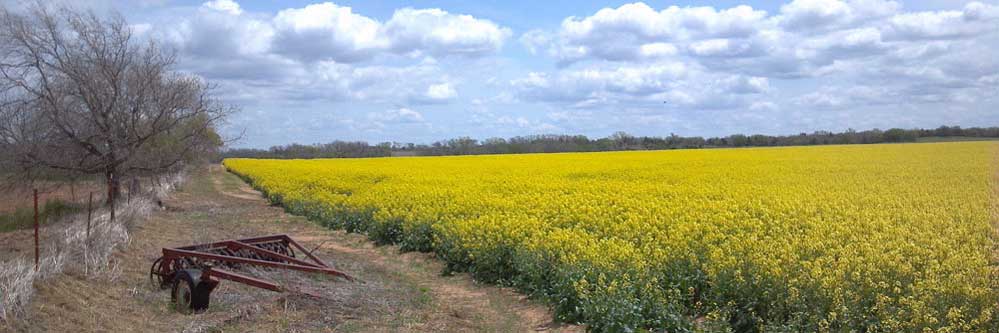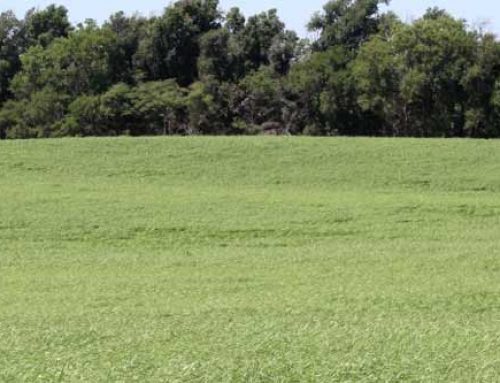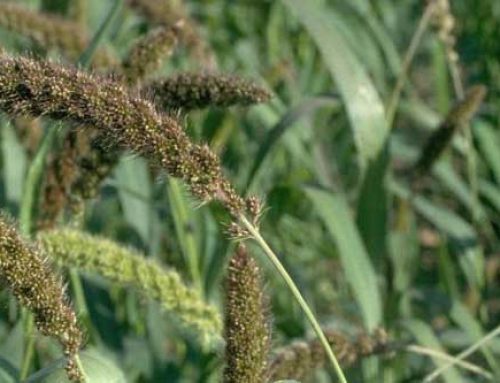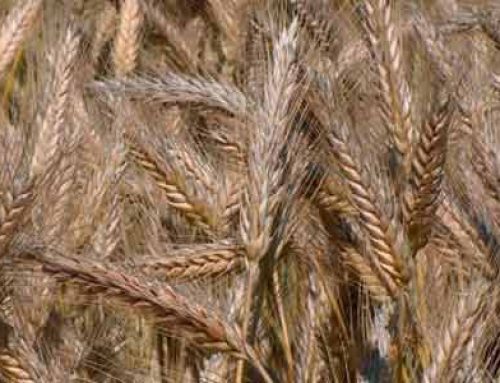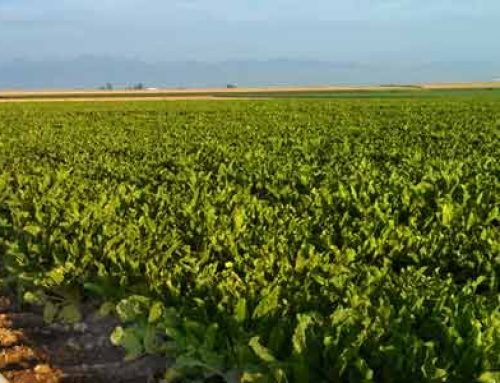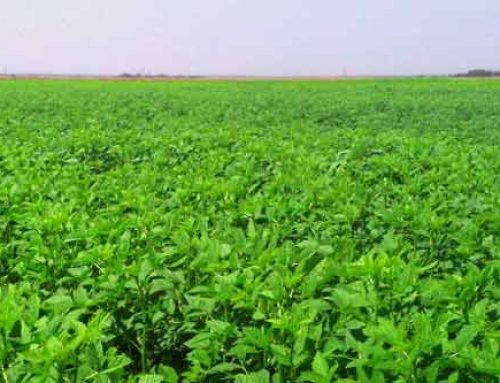
“In 2011, we had the most ideal weather conditions for harvesting canola which resulted in a record harvest. That has encouraged more producers to try rotating their wheat acres and grow canola,” explains Bartel. Over the past eight years that Bartel has consulted on canola acres, he says they have learned by trial and error on what works best to grow this crop.
Growing Canola requires a higher level of management than wheat due to several factors:
- Getting a good stand can be difficult. Canola seed is planted very shallow (1/2 to 1 inch in the ground) and must have adequate moisture to emerge. Canola doesn’t like heavy residue in the seedbed so bare soil in the row is a must. Canola can be planted into no-till fields as long as a row cleaner on the planter clears a strip in which to plant. Some of Bartel’s producers use a row planter, but conventional and no-till drills can also be used effectively.
- Because the growing point of canola is above the soil surface (unlike wheat, which is below the soil surface until late spring), canola is much more vulnerable to environmental factors such as an early freeze. For example, many acres were lost this past October when Oklahoma was hit by freezing temperatures.
- Canola has insect pressure from planting time to harvest time. There is worm pressure early, and potential spring problems with aphids and false chinch bugs. In the past, there was a lack of effective insecticides labeled for use in growing canola, but there are more on the market now. However, the products tend to be quite expensive.
- Harvesting canola is extremely time sensitive. When it is ready, it must be cut to avoid significant shatter loss. “Harvesting canola is tricky and hard to do properly,” explains Bartel. “The best method we’ve found is to swath the canola while it’s still a little green, and then pick it up with the combine when it’s dry.” Timing is critical if a direct cut harvest method is used, because when it’s mature, it has to be harvested immediately. “If it rains the night before the planned harvest day, it can completely destroy a canola field due to shattering. Swathing at harvest takes out the total annihilation risk although some shattering is to be expected,” Bartel concludes.


Schield says the key to growing canola is getting a good stand. If planted too thin, canola will branch out to compensate. This will delay maturity which causes issues at harvest. In Southwest Kansas, canola must be planted and emerged by September 20th to avoid potential freeze damage. Variety selection is also important as some varieties shatter more than others. Another consideration is that most residual herbicides used on corn, soybeans and milo will harm canola so care must be taken when seeding canola. Canola works well in a wheat rotation or following summer fallow.
Shattering is one of the greatest challenges in canola production. The majority of producers in Schield’s area used a row head to direct cut the canola last year, and many had significant loss due to shattering. Schield is recommending swathing for harvest this year.
Canola has many advantages when added to a wheat rotation. However, there are several management factors to consider. To help with these management decisions, your Crop Quest Agronomist has a vast network of expertise to utilize among the Crop Quest team. Visit with your Crop Quest Agronomist to see if growing canola is a viable option for your operation.

